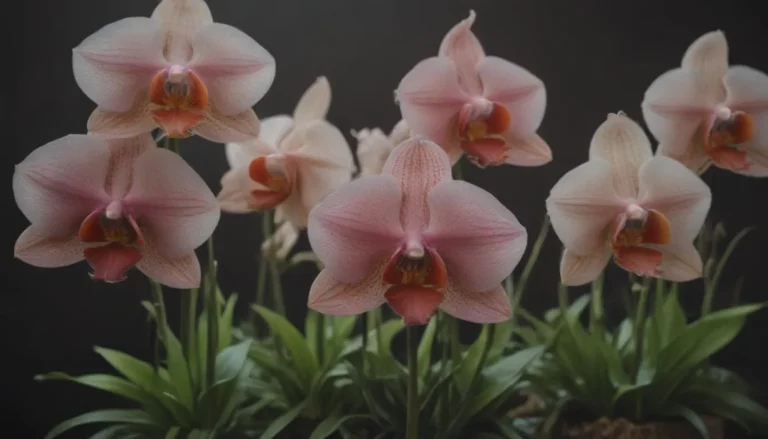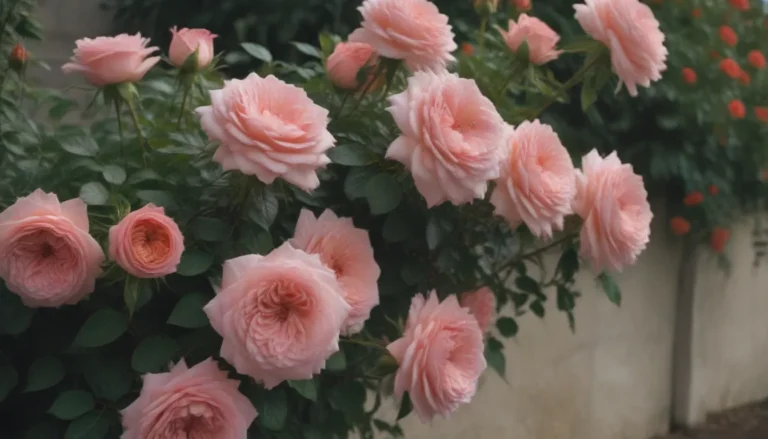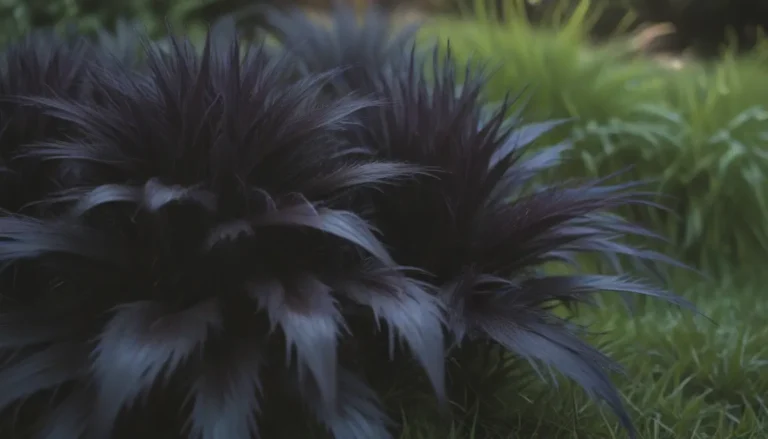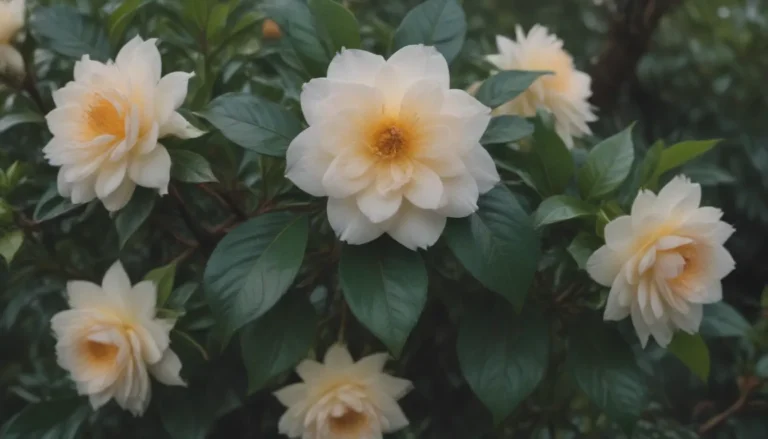Everything You Need to Know About Growing and Caring for the Bunny Ear Cactus
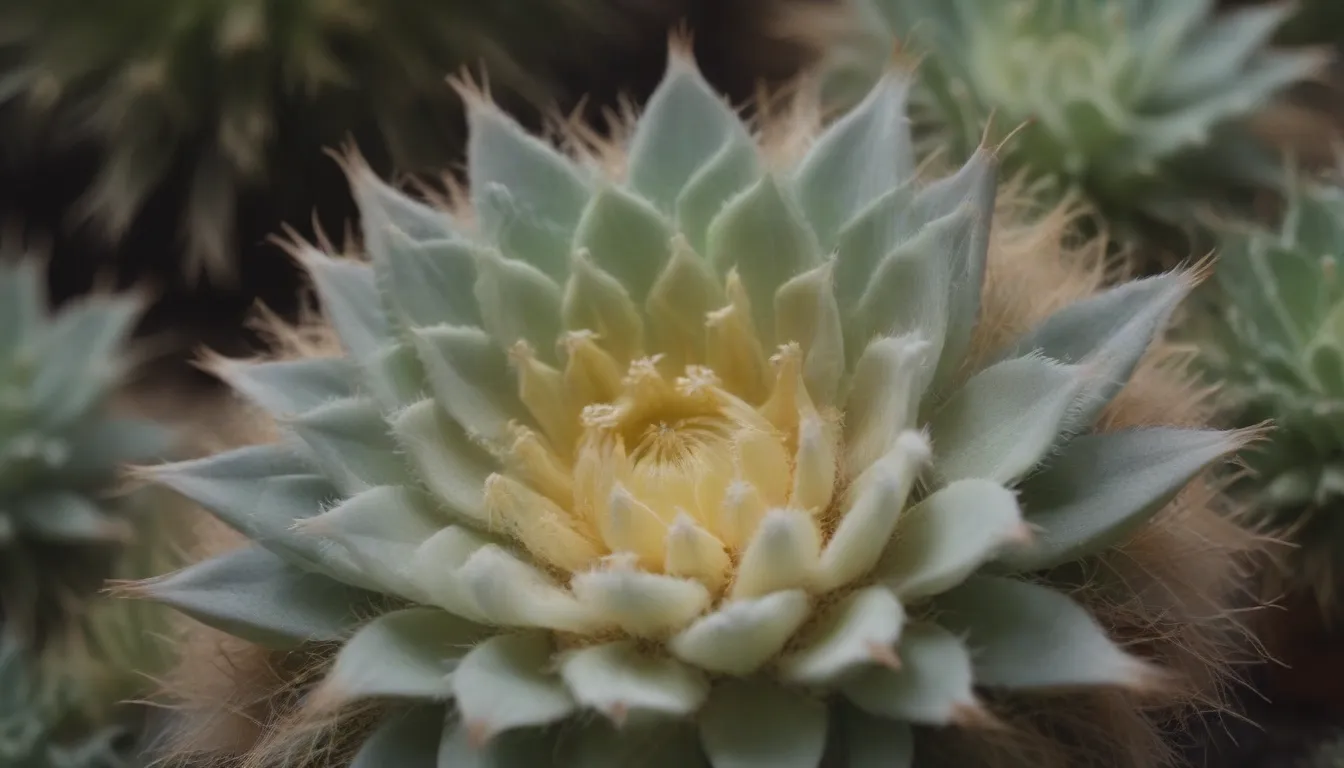
If you’re a fan of low-maintenance plants that add a touch of green to your space, the bunny ear cactus is an excellent choice. This adorable cactus, scientifically known as Opuntia microdasys, is not just visually appealing but also easy to care for. Originating from Mexico, this cactus goes by various charming names like bunny ear cactus, angel’s wings cactus, and polka dot cactus. However, don’t let its cute appearance fool you – those white “dots” are actually glochids, tiny spines that can be quite prickly if they come into contact with your skin. So, handle this cactus with care, and consider wearing protective gloves when dealing with it.
Before you rush out to find one for yourself, it’s important to note that finding an actual bunny ear cactus to purchase can be a bit of a challenge. But if you’re fortunate enough to get your hands on one, this guide will help you understand how to grow and care for it properly.
Bunny Ear Cactus Care Tips
Taking care of a bunny ear cactus is relatively straightforward, as it thrives on neglect. However, there are a few key factors to keep in mind to ensure your cactus remains healthy and happy.
Light Requirements
- The bunny ear cactus loves bright, direct sunlight, making it ideal for placement in the sunniest spot in your home.
- Aim to provide your cactus with six to eight hours of direct sunlight each day.
- Indoors, place it near a south or west-facing window, or use a grow light as a supplement.
- Outdoors, avoid planting it in shaded areas.
Soil Needs
- Like most cacti, the bunny ear cactus prefers dry, sandy, well-draining soils.
- Opt for a cactus or succulent potting mix, which can be easily found at nurseries or garden centers.
- You can also create your own mix by combining potting soil, coarse sand, and perlite in equal parts.
Watering Schedule
- This desert plant is drought-tolerant and does not need frequent watering.
- Overwatering can lead to root rot, so allow the soil to dry out completely between waterings.
- Remember that cacti in the desert can survive for weeks or even months without water.
Temperature and Humidity Considerations
- Bunny ear cacti prefer warm, dry conditions and do not tolerate frost or excess humidity.
- Maintain temperatures between 70 to 100 degrees Fahrenheit (21 to 37 degrees Celsius).
- Ensure the potting mix is well-draining, and the container has drainage holes to prevent moisture build-up.
Fertilizing Needs
- While the bunny ear cactus grows well in poor quality soils, a yearly application of cactus or succulent fertilizer in the spring can help boost growth.
Propagating Your Bunny Ear Cactus
If you want to expand your bunny ear cactus collection or share it with friends, propagation is a simple and rewarding process. You can easily propagate this cactus through cuttings.
- Remove a pad from the cactus and let it sit for 24 hours to allow a callus to form at the base.
- Plant the pad in well-draining soil and place it in a sunny location, watering it sparingly until roots develop.
Potting and Repotting Guidance
To keep your bunny ear cactus healthy, it’s essential to repot it every two to three years. Here’s how to do it safely:
- Use thick gardening gloves or tongs to protect yourself from the spines.
- Gently remove the cactus from the old pot, clean the roots, and transfer it to a bigger container with fresh soil.
Dealing with Pests and Diseases
While the bunny ear cactus is relatively low-maintenance, it can sometimes face common issues like pests and diseases. Here’s how to handle them:
- Common pests such as mealybugs or scale can be treated with rubbing alcohol applied with a Q-tip.
- Keep an eye out for root rot, which results from overwatering. Unfortunately, there’s not much that can be done once it sets in, but you can salvage unaffected parts by propagation.
By following these care tips, you can enjoy a thriving bunny ear cactus in your home or garden. Remember that each plant is unique, so adjust your care routine based on your cactus’s specific needs. With a little love and attention, your bunny ear cactus will continue to delight you with its charming appearance for years to come.
